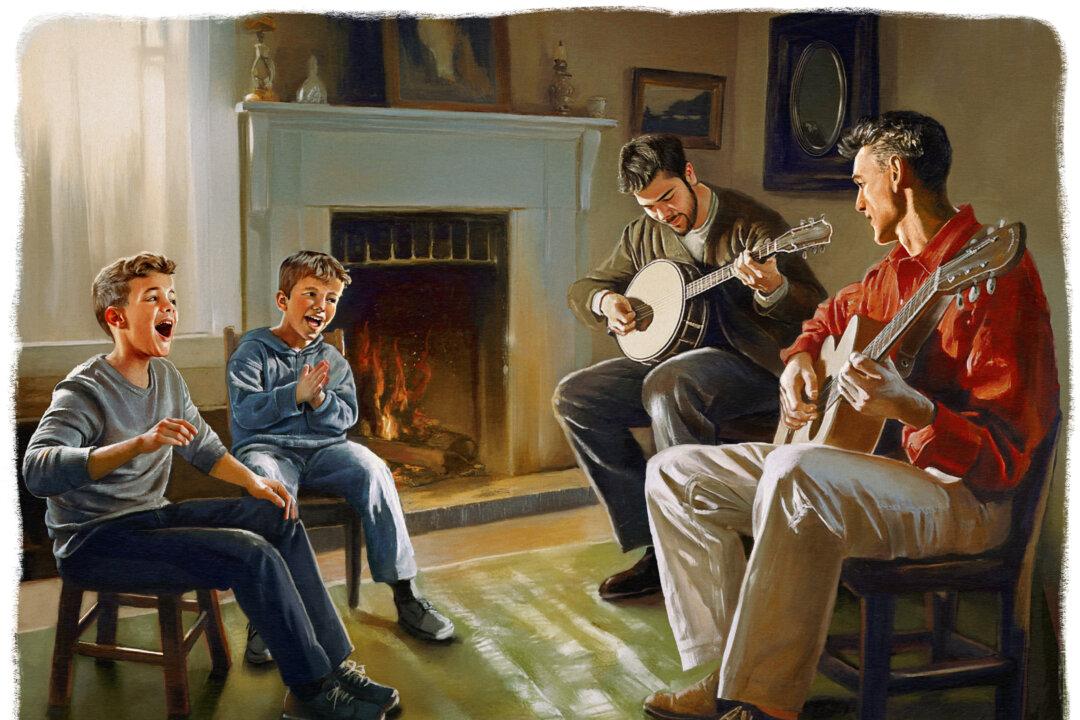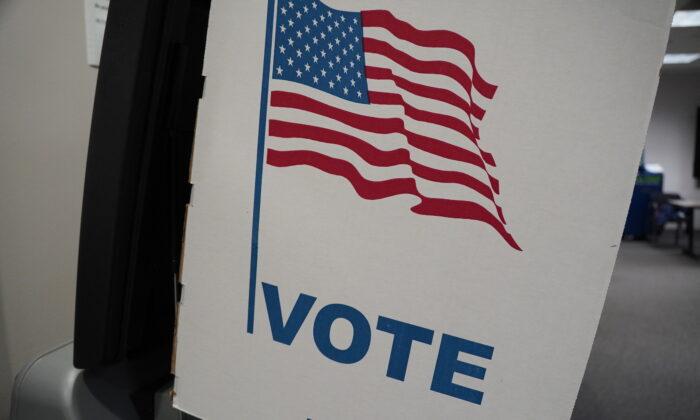Just last week, the right’s arch-memer Carpe Donktum was banned from Twitter, ostensibly for copyright infringement. It was only a matter of time before some pretext was found to finally oust this conservative meme savant. Well aware of the power of these aesthetic morsels, the left is quick to denounce memes deployed against its sacred shibboleths as racist, “made by Nazis,” and akin to the Soviet dezinformatsiya campaigns.
Because of the incredible political power and broad appeal of these memes, liberal gatekeepers, influencers, and overlords go into overdrive trying to shame and discredit their producers and consumers and, when that fails, to scrub them from Internet history.
The conclusion of these professors? The meme-ing must be stopped! The study provides a “building block” for “building systems to protect against the dissemination of harmful ideologies.” In addition, “our pipeline can already be used by social network providers to assist the identification of hateful content; for instance, Facebook is already taking steps to ban Pepe the Frog used in the context of hate.”
From the pipeline of the Gramscian march through the institutions, these academics have emerged to aid in our Ministry of Truth’s online censorship. Imagine that. The viral meme icon, Pepe the Frog, is being fast-tracked into oblivion through computer algorithms under the auspices of curbing “hate speech.”
But Internet meme culture is a Hydra. If the powers-that-be censor Pepe the Frog or the leftist-triggering “non-playable character” (NPC), for example, then people will invent new meme characters, which will undoubtedly have the same effect and convey the same message in a new way. That’s the beauty of the memes for conservatives. They’re truly organic and decentralized and spread by their own merits.
Memes cannot flourish in a cancel culture. Where meaningful shared understanding and experience is seen to occur only within various “identity” groups lest one be charged with “cultural appropriation,” there’s little universal symbolic material available for the modern liberal bard, the left’s universal hatred of Donald Trump notwithstanding. The left is fractured along the lines of race, gender-identity, and other protected classes, taking these ontologically arbitrary categories as primary and definitive. A meme could hardly go viral among those tethered by shared ideology rather than shared culture, an environment that seems increasingly characteristic of today’s Democratic Party.
It’s for this same reason that so many comedians refuse to go to college campuses anymore, the locus of militant political correctness. Within the “community” that’s the modern university are various competing identity groups, with different taboos largely defining the raison d’être of each one. The available shared cultural material is severely and jealously circumscribed, effectively shackling the comedian or artist, whose medium—humor—knows no such bounds.
So-called conservative memes rarely have more than a couple of words and require no explanation. Memes that must add to the art with layers of explanation, to the great detriment of the meme, do so out of a perceived need for the audience to “get” it in the correct way. These memes, rather than illustrating a truth that requires no mediation to “get,” must explain to the viewer the message, which then defeats its aesthetic purpose. At best, it becomes an analytic point overlaying art. At worst, it’s mere propaganda, directing the viewer to the proper narrative. That the left seems to have such a difficult time creating memes suggests that the medium defies its message, which must stick closely to party lines and continually refer back to the ideology.





